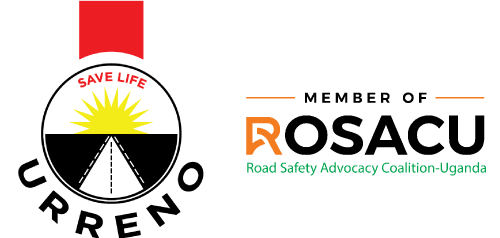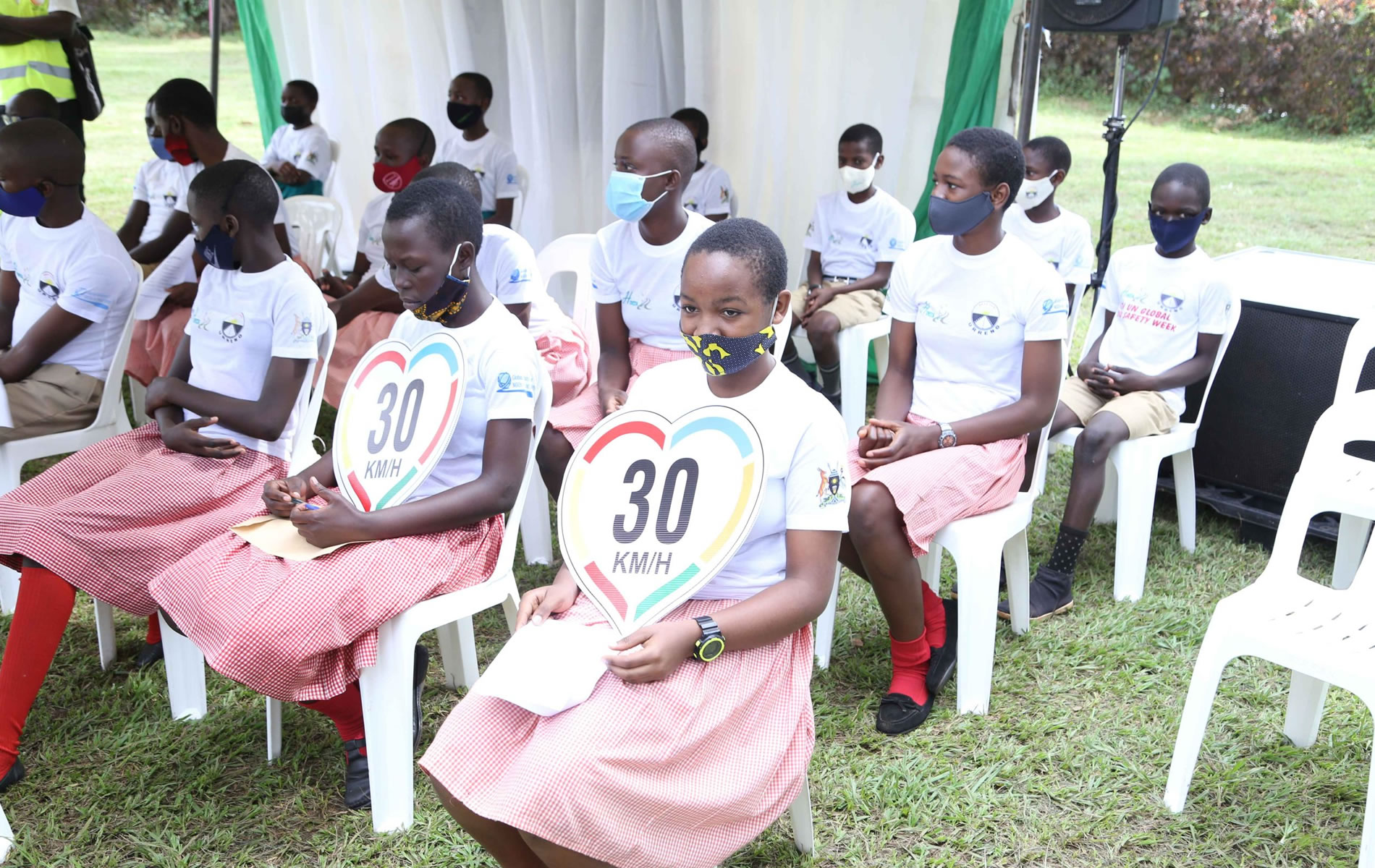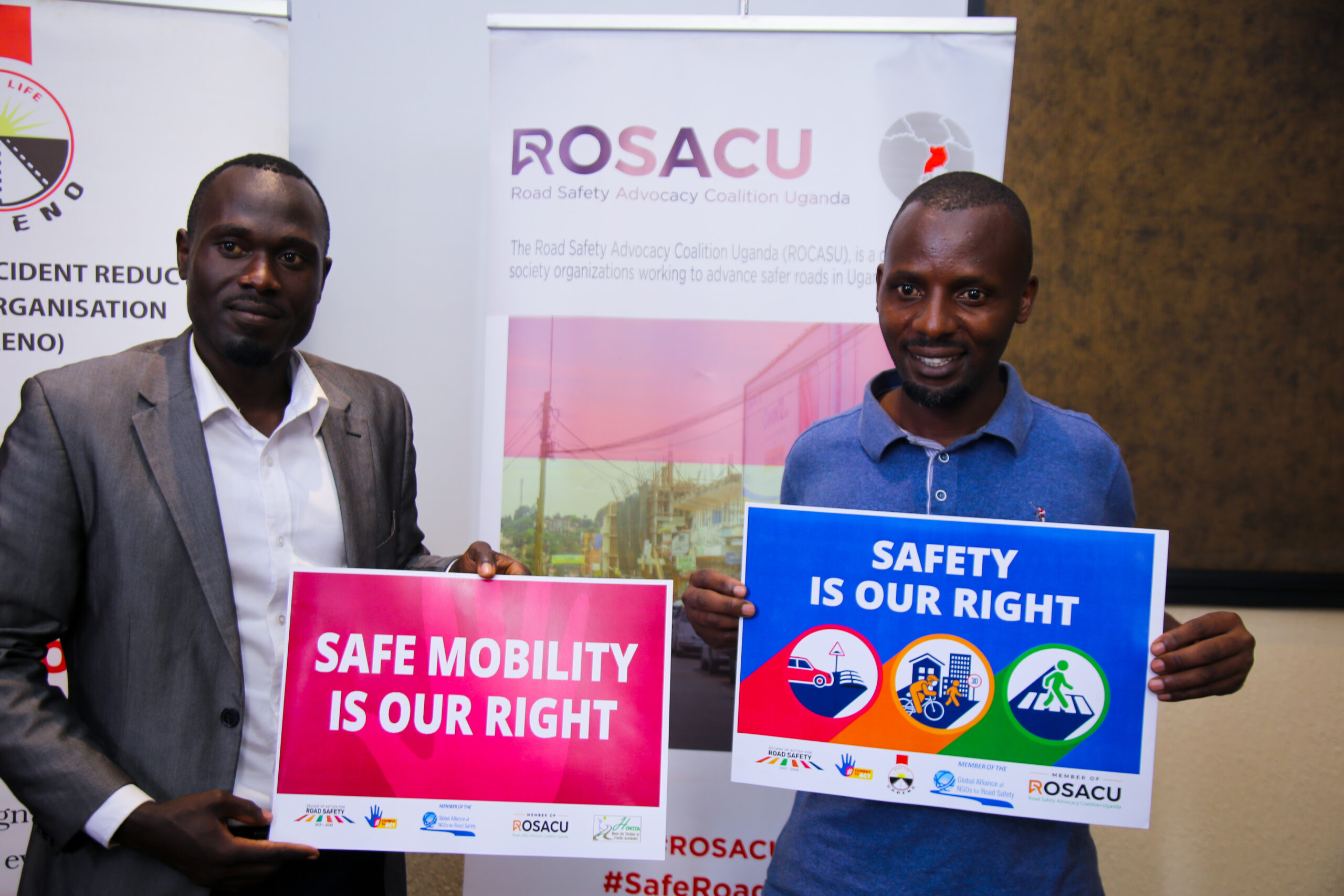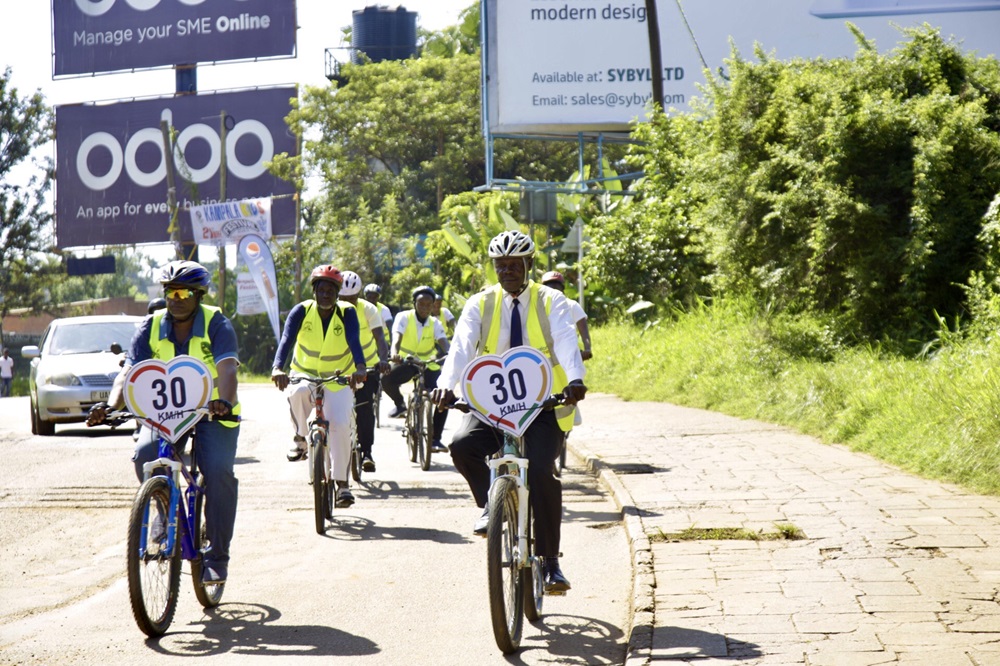
NMT Key to Cities’ Congestion and Pollution Reduction
Uganda’s road infrastructure is generally unsafe with most of the roads being single carriage way without a median. This easily results into many head-on collisions since most roads lack facilities for Non-Motorized users. According to the Uganda Road Safety Performance review (2018), the last decade alone recorded that road crash fatalities rose from 2,597 to 3,503 representing a growth of 25.9%. The accident severity index is 24 people killed per 100 road crashes.
Non-Motorized Transport policy – ITDP categorically indicates that NMTs (walking and cycling) are the most popular means of transport but remain most unsafe in Uganda. This policy has also not been fully implemented as information dissemination, sensitization of the public and enforcement among others remain very low.
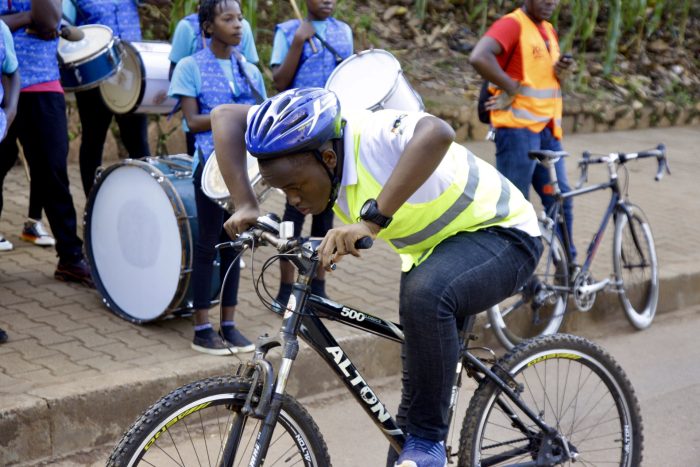
Particularly Kampala and along the highways, motorists severely endanger the lives of pedestrians due to drivers frequently utilizing the road shoulders without any regard for pedestrians. This situation has not been saved by the observable underuse of a few Non-Motorized Transport (NMT) facilities due to poor maintenance and road user insecurity reflected in frequent attacks on pedestrians.
Productively, traffic congestion (Gridlock) in Kampala costs travelers around Shs5.7 billion or $1.5m—equivalent to 4.2 percent of the Greater Kampala area’s daily GDP (International Growth Centre (IGC).
The magnitude of the same problem is re-echoed by 2017 World Bank report which found that Uganda loses equivalent of over US$800m (over sh2.8trillion) annually in form of Gross Domestic Product (GDP). Traffic congestion pushes the cost of doing business high thus, sterilizing the growth of production. IGC further revealed that high cost of transport in Kampala accounts for more than 40 percent of the total production and distribution costs as opposed to a maximum of 10 percent.
Being the busiest and heart of Ugandan, Kampala Metropolitan Area topped all regions of Uganda with 836 fatal, 3,615 serious injured and 2,360 minor injuries constituting 22.2%, 39.9% and 51.1% respectively (Police Annual Crime Report 2021). This forces big numbers to use MTs hence causing congestions that results into costly fatalities and injuries. More worrying, 75% of those killed on the roads, according to the cited police report, were under 45years.

Government efforts to reduce congestion through establishment of NMTs not withstanding, the overall outlook remains far short of the desired changes. According to 2021-30 Kampala Capital City Road Safety Strategy, pedestrians contributed to 50% of road fatalities in Kampala within the first year of the plan and this was also traced down to the lack of safe walking spaces for the pedestrians who are a large proportion (approximately 42%) of the road users in the city.
Well planned Non-Motorized Transport (NMTs) however chips in to present its users with cheap and convenient transport, access to public, transport mobility, and numerous health benefits. The more the NMTs, the less pressure on roads, less demand for motor vehicles, the less greenhouse gases emitted hence a reduction in temperatures that cause global warming.

In countries where NMTs are adequately established and well maintained, individual saves up to the tune of 45% of their incomes. In medium-sized cities in Japan, Germany and the Netherlands, 40-60 percent of all trips are made by walking and cycling, while in similarly sized cities in India, this share is as high as 80 percent (Heierli, 1993).
According to International Energy Agency (IEA), Africa where NMTS are largely used, save for slowly increasing motorized transport in cities, the continent remains least polluter, emitting only 5% of total global greenhouse emissions.
As a youth leader of a youth group advocating for enhanced road safety through sensitization campaigns in Ugandan schools and communities under the theme dubbed “Stop preventable Road Carnage on our Roads”, it disgruntles me more having to live with a reality that 61% of the reported road fatalities and injuries in Uganda are preventable, affect youth and others that are of the most economically productive age of 25 – 54 years.
As we mobilize youth to participate in the JOE WALKER – Road Safety Campaign to raise awareness on dangers facing road users, parents are denying their children an opportunity citing the very dangers highlighted above.
Therefore, to reverse the status quo, proper planned urbanization is needed to have residentials concentrated in particular areas that are easily linked to both industrial and service centres to facilitate smooth flow of mass public transport systems.
Footways frequently occupied by the traders who own adjacent shops, vendors, parked cars, and motorcyclists are another menace that ought to be addressed.
Such remains critical for areas like Kampala Metropolitan areas where the earlier quoted report found that the biggest population spends 20% of the gross income on transport compared to the recommended 10%-15% and precisely due to mismatch between increased urbanization and planning.
Besides increased awareness and security, reviewing the current NMTs Policy is required to cause increments in budget to enable establishment of more NMTs.
Edmond Atwine
Logistics Officer/ Coordinator Youth Road Safety Advocacy Group.
Uganda Road Accident Reduction Network Organization (URRENO)
